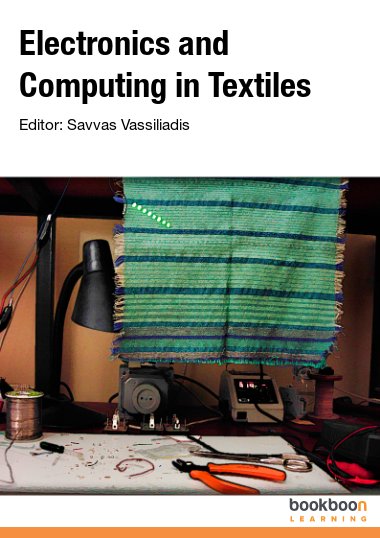Electronics and Computing in Textiles connects the fields of electronics and computing with the field of textiles presenting the principles of the disciplines of electronics and computing with examples and applications in textiles. This structure is very important, especially because of the expansion of textiles in the modern multifunctional materials and products world. Furthermore, the progress in the textile processes with the use of automation systems is based mainly on electronic and computing concepts. Thus, Electronics and Computing in Textiles is essential in the modern textile engineering curriculum.

